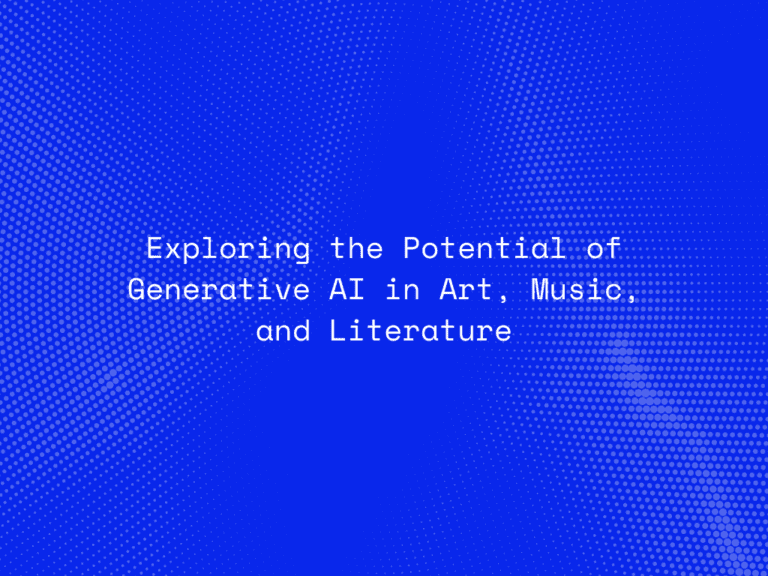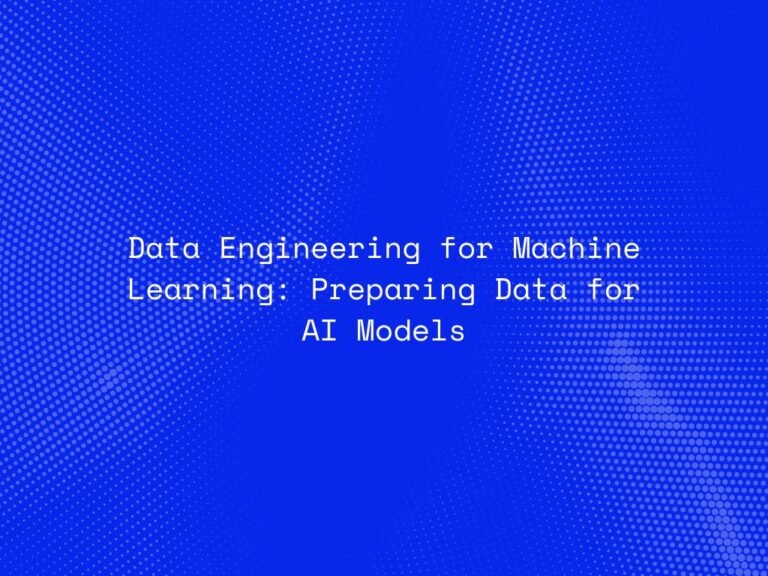Machine Learning (ML) has long been synonymous with automation — streamlining repetitive tasks, optimizing workflows, and enhancing operational efficiency across industries. But as we step into 2025, ML has grown into something far more powerful and transformative. Predictive innovation, a concept rooted in anticipating change before it happens, is now at the core of how organizations drive progress, differentiate themselves, and prepare for the future.
This shift represents a profound evolution: machine learning is no longer just a reactive tool for improving existing processes — it is a proactive engine of strategic foresight, enabling businesses to innovate intelligently and stay ahead in an increasingly volatile world.
Understanding Predictive Innovation
Predictive innovation is the ability to forecast future opportunities, threats, behaviors, and needs through data-driven insights. Rather than responding to what has already occurred, organizations are using ML to predict what’s coming — and take action before competitors even see it.
Whether it’s understanding evolving consumer preferences, identifying product-market fit, or avoiding systemic risks, predictive innovation is about turning data into a strategic advantage. It marries advanced machine learning with real-time analytics, transforming business models from reactive to anticipatory and adaptive.
The Evolution: From Automation to Prediction
Initially, ML applications centered around automating rule-based or repetitive processes — think of invoice processing, chatbots, or email filtering. These use cases were deterministic, relying on clearly defined inputs and outcomes.
Now, with the rise of deep learning, transformer-based architectures, and generative AI, ML is powering complex predictive tasks:
Anticipating supply chain disruptions weeks in advance
Predicting customer churn before it becomes visible
Forecasting demand fluctuations in real-time
Generating entirely new product designs based on market signals
This marks a transition from task execution to strategic forecasting, from productivity gains to value creation through foresight.
Core Machine Learning Techniques Fueling Predictive Innovation
1. Predictive Analytics
Combining historical data with statistical models and ML algorithms to anticipate future outcomes — such as sales, risk events, or market behaviors.
2. Time Series Forecasting
Used extensively in finance, retail, and logistics, these models forecast future values over time, enabling smarter inventory, pricing, and capacity planning.
3. Generative AI
LLMs and GANs are not just creating content — they are also generating synthetic data, market simulations, and product blueprints based on inferred future needs.
4. Anomaly Detection
ML can identify subtle patterns that suggest fraud, system failures, or security breaches before they occur.
5. Reinforcement Learning
Algorithms optimize decisions in dynamic environments — from autonomous systems to adaptive marketing strategies — by learning from real-time feedback loops.
Industry Applications of Predictive Innovation
Retail & E-Commerce
Retailers are using ML to forecast buying trends, optimize inventory based on regional patterns, and personalize offers using real-time behavioral analysis. Predictive models also inform product placement, dynamic pricing, and seasonal strategy.
Healthcare
From predicting disease progression to customizing treatment plans, predictive innovation is helping healthcare providers move toward preventive and precision medicine. It’s also enhancing clinical trial efficiency and hospital resource planning.
Finance
ML models power credit scoring, fraud detection, and algorithmic trading. More importantly, they enable financial institutions to foresee systemic risks and develop real-time responses to market volatility.
Manufacturing
Predictive maintenance models anticipate equipment failure, reducing downtime and increasing productivity. Machine learning also aids in quality control, demand forecasting, and energy optimization.
Telecommunications & IT
Service providers use ML to forecast bandwidth demand, prevent outages, and optimize network performance. Predictive insights help in churn reduction, proactive customer support, and service innovation.
Why Predictive Innovation is a Game-Changer
The difference between companies that thrive and those that struggle often comes down to how fast and accurately they can see what’s coming. ML enables:
Proactive Strategy: Move from hindsight and reaction to foresight and leadership.
Precision at Scale: ML can personalize actions for millions of users in real time.
Operational Resilience: Anticipating disruptions leads to faster and better responses.
Continuous Optimization: ML models adapt and improve as more data is processed.
Competitive Differentiation: Organizations that innovate based on prediction move ahead of the curve rather than reacting to it.
Challenges in Moving from Automation to Prediction
Transitioning to predictive innovation is not without its hurdles:
Data Quality & Integration: Accurate predictions require clean, unified, and real-time data pipelines.
Model Explainability: Business leaders need to trust and understand ML decisions, especially in high-stakes scenarios.
Bias & Fairness: Predictive models must be trained on diverse and representative datasets to avoid reinforcing inequalities.
Skill Gaps: Organizations need both technical talent (data scientists, ML engineers) and domain experts who can interpret predictions and act on them.
Ethical Oversight: Predictive power must be balanced with privacy, accountability, and transparency.
The Road Ahead: Predictive AI as a Business Driver
Looking ahead, predictive innovation will underpin major AI advancements in 2025 and beyond:
Multimodal Prediction: Combining data from text, voice, images, and video to produce richer, context-aware forecasts.
Predictive Digital Twins: Virtual replicas of systems or environments used for simulations and scenario planning.
LLMOps and MLOps: Mature operational frameworks for deploying, monitoring, and scaling predictive models.
Real-Time Predictive Pipelines: From static forecasts to streaming, continuously updating insights embedded in business tools.
Ethical AI Governance: Frameworks that ensure predictions are aligned with organizational values and societal impact.
Conclusion
The future of machine learning is not just about automating what we already do—it’s about transforming what’s possible. As ML shifts from a back-end utility to a frontline strategic capability, businesses have the chance to evolve from reactive operations to predictive engines of innovation.
By investing in predictive ML, organizations can unlock smarter decisions, faster growth, and resilient strategies. In a world where timing is everything, seeing what’s next is the new competitive edge.




